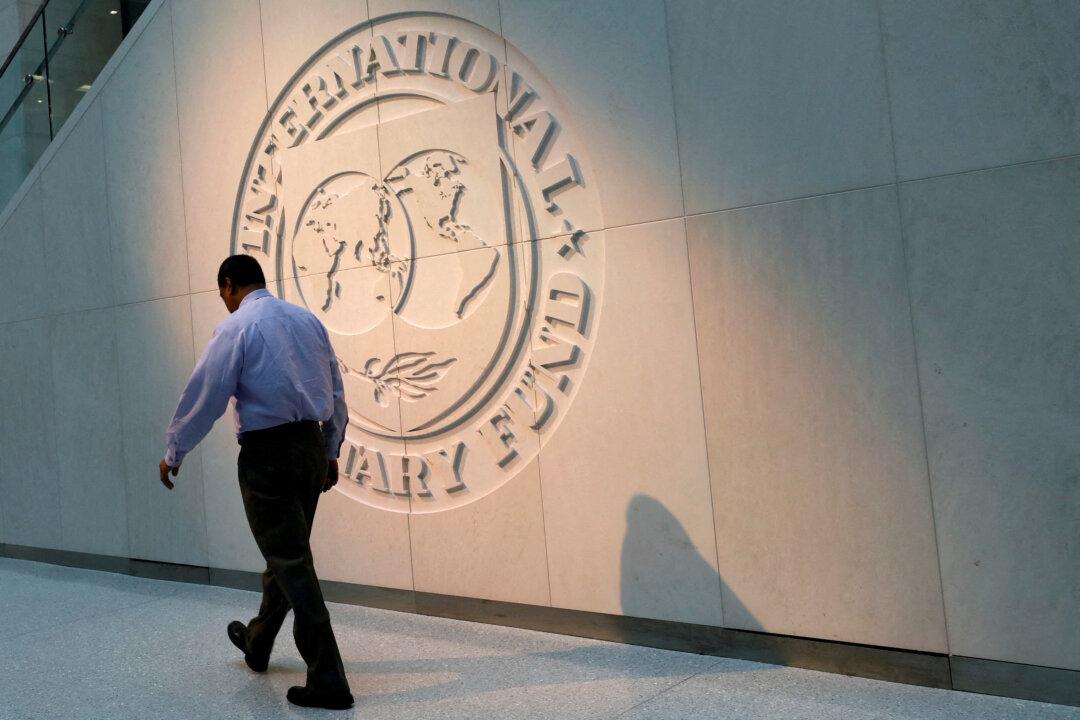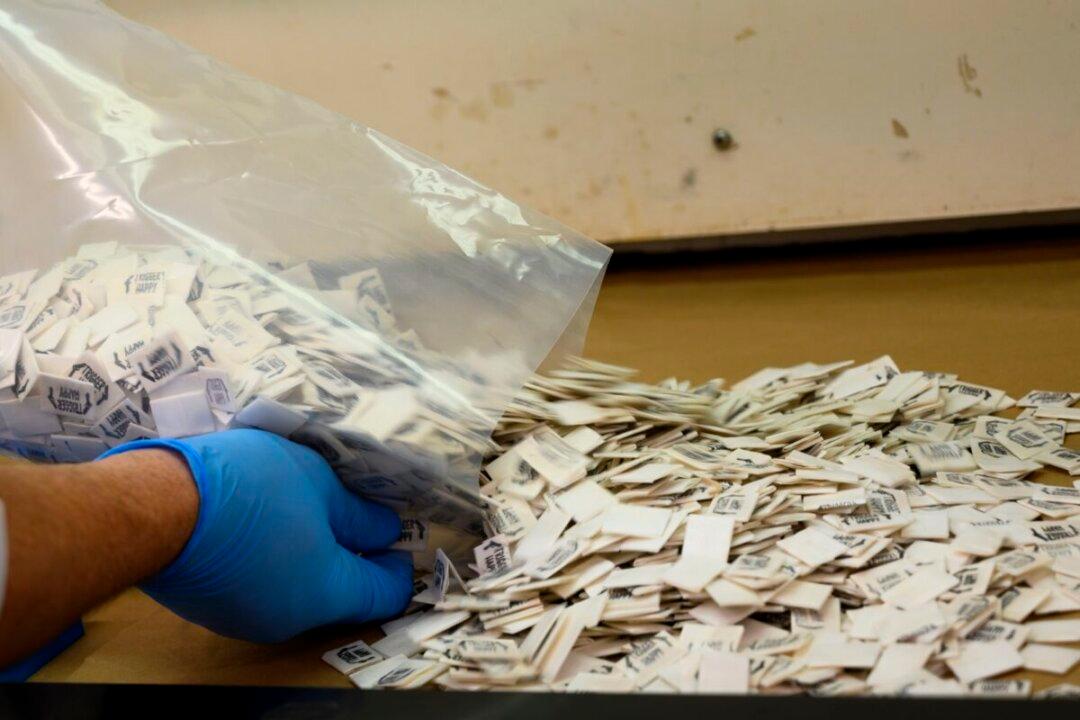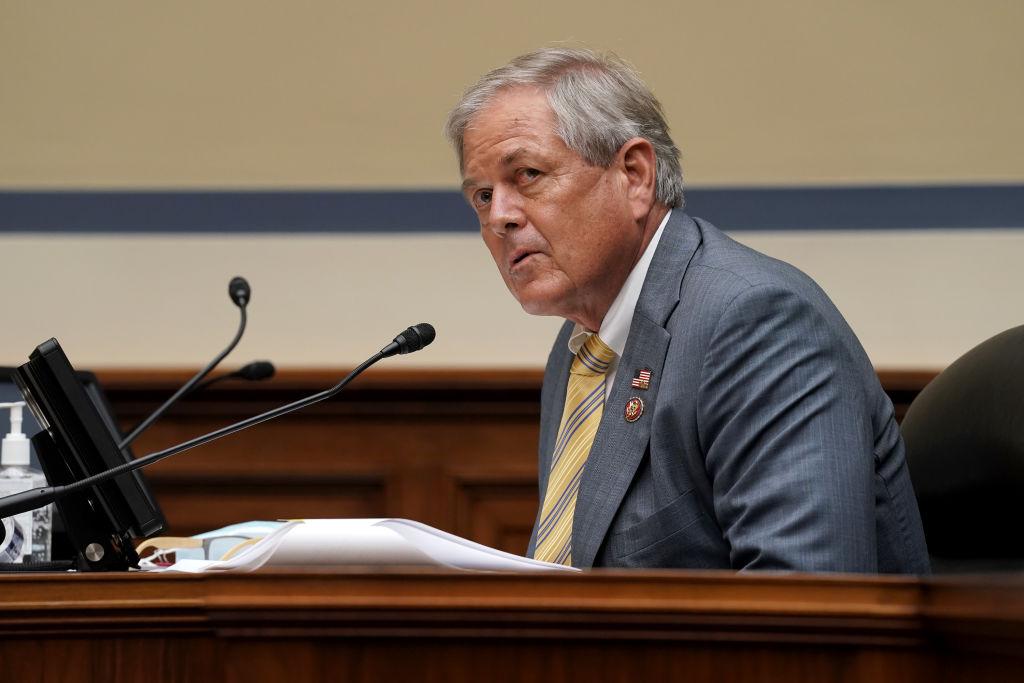The month of March witnessed the fastest withdrawal of funds from commercial banks in U.S. history.
According to data released by the Federal Reserve, a staggering $360 billion was withdrawn from banks across the country in the past month alone. To put this into context, not a single monthly decline in 2008 exceeded $100 billion. The recent withdrawals have dwarfed those of the past, bringing total bank deposits down by almost $1 trillion since the highs in April 2022.




